Welfare concerns around the common breeding technique that underpins global shrimp farming is leading to trials for new approaches
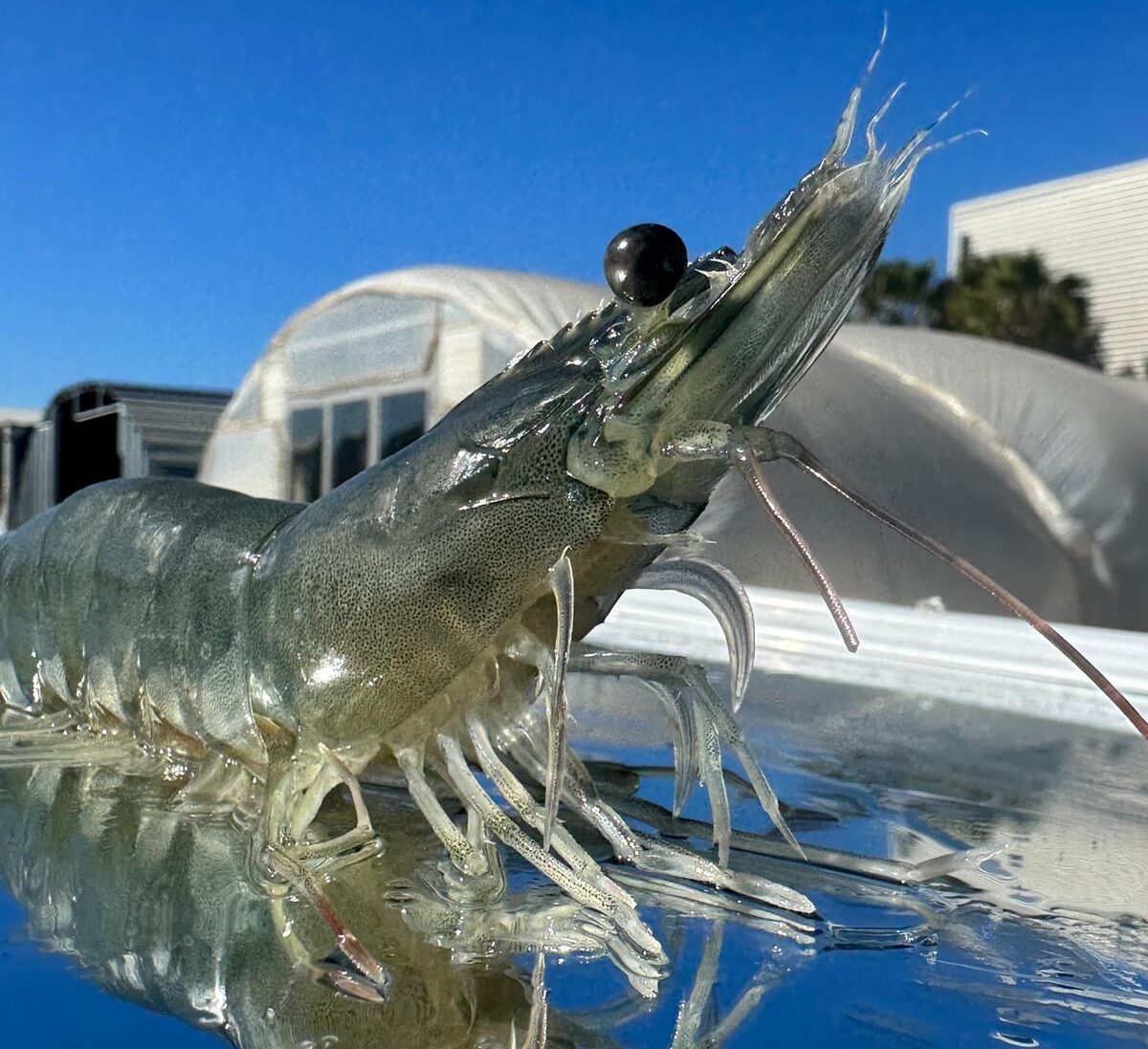
Shrimp eyestalk ablation dates back to the early days of shrimp aquaculture, and despite calls for alternative methods, the breeding technique seems likely to remain common practice for some time to come. As a recent Global Seafood Alliance survey of global shrimp farmers concludes, producers are responding to animal-welfare concerns and growing pressure to end the practice but admit that getting there is an extremely complex process that will take several years.
“There are real challenges around trying to produce prawns economically using an ablation-free method,” said Dr Belinda Yaxley, an aquaculture expert based in Tasmania, Australia, and country coordinator for GSA’s Best Aquaculture Practices (BAP) certification program. Yaxley is also the lead author of “Shrimp Eyestalk Ablation, Current and Future State Analysis,” a global survey of major shrimp producers and their associations conducted in 2023.
Once it was discovered decades ago that the removal of one of the animal’s eyestalks induces faster maturation in broodstock females – who then release 10 to 20 times more eggs – ablation became a common technique in shrimp hatcheries around the world for the efficiencies and predictability it created.
Attempts to produce ablation-free shrimp are not new: The industry has been developing more humane methods to successfully farm shrimp without eyestalk ablation for at least a decade. But as Yaxley warned, these methods have thus far required additional production costs.
“It’s regionally dependent but ending ablation could make the production of shrimp cost-prohibitive,” said Dr Yaxley.
Knowing there’s no quick fix, the survey engaged more than 100 individuals to canvas how various producers are approaching the challenges and possible solutions under consideration. Yaxley said workshops conducted via Zoom and one-on-one interviews were crucial to collecting rich and detailed responses.
The report found the challenges to ending ablation include costs, educational barriers, market acceptance, regulation and policy considerations and the risk of reduced productivity. It strongly advocates for research and development to help discover and optimize alternative methods that are both humane and efficient.
Stirling researchers identify viable ablation alternatives for shrimp hatcheries
The survey literature review cited research into ways to minimize pain around ablation. It found that ligation methods lead to the most severe negative reaction in shrimp, and the least negative reaction was when the topical anesthetic Xylocaine was applied before the eyestalk was cut or squeezed, followed by covering the wound to allow it to coagulate.
It’s regionally dependent but ending ablation could make the production of shrimp cost-prohibitive.
“There are a lot of different ablation techniques and because of the production challenges it’s not going to stop anytime soon,” said Yaxley. “It’s important that BAP works with producers to help to improve shrimp welfare through the program standards.”
Yaxley doesn’t believe in a prescriptive approach, however. “Saying, ‘In five years’ time you are not allowed to use ablation’ will never work. Within reason, you have to let industry do things at its own pace. We’re asking producers for a plan and take into account their specific situation. As long as they’ve got a plan that looks at ablation-free strategies and a potential timeline then we know working trying to address the problem.”
As the survey connected with producers, she found them hungry for ideas. “Every single person I spoke to said, ‘Have you found a solution?’ knowing that I was speaking to people from around the world,” Yaxley told the Advocate. The survey covered Thailand, Vietnam, India, Australia, China, Japan, South America and the United States and focused on two species of shrimp: Black tiger shrimp (Penaeus monodon) and Pacific white shrimp (Litopenaeus vannamei), aka whiteleg shrimp.
“They’ve been trying to find a solution to ablation-free monodon for 20 years, but they’re still not close,” said Yaxley. “Many producers are moving to monodon so it’s important to find a viable solution to non-ablation for that species – you can’t really compare monodon and whiteleg. Whiteleg producers should be pretty comfortable with ablation-free stock because it’s been domesticated for so long that they’ve got better genetics and ways of being able to get them to spawn when they want.”
In 2020, Stirling University researcher Simão Zacarias was studying whiteleg shrimp when he won the Global Aquaculture Innovation Award for his work to better understand what actions shrimp farmers can take to manage non-ablated broodstock for comparable results to ablated shrimp.
“Ablation gives producers predictability around spawning, which enables better planning for production,” said Yaxley. When shrimp farmers try to turn away from the technique, they meet obstacles that help to explain why it has endured for so long.
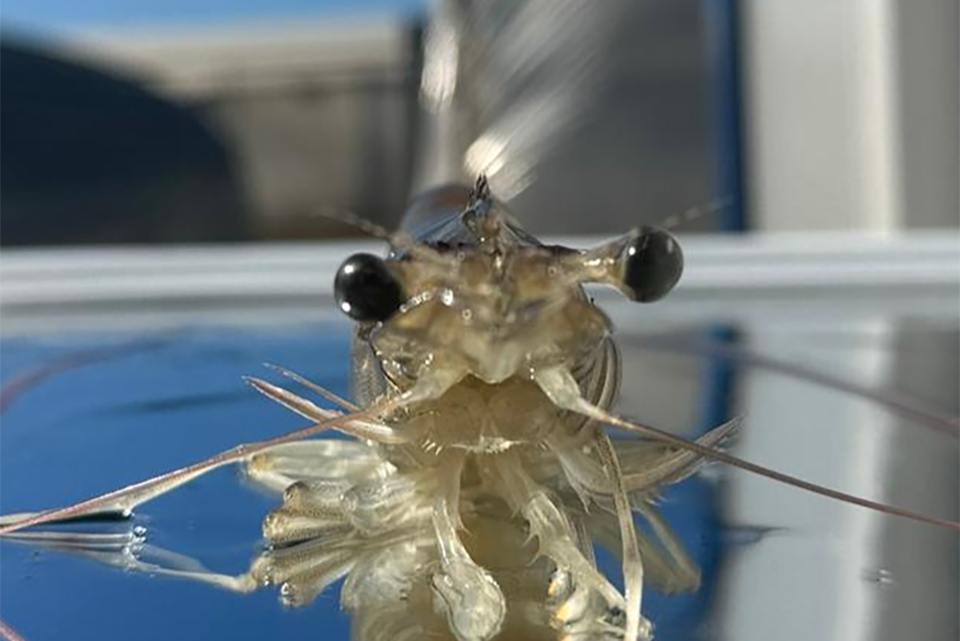
“We found some producers trialing ablation-free by housing twice as much broodstock,” said Yaxley. “They can do that for a while, but obviously there’s twice as much electricity, water, treatment, husbandry and so on.” She added that some producers tried it in response to supermarket chain requests, but after a while gave up, “because it just wasn’t working.”
There’s a growing belief that providing the shrimp with an environment as close as possible to nature might have an edge with ablation-free broodstock: “If you mimic what they’re experiencing in the wild by making it quiet and dark, using high-quality feed and keeping the water quality on point you should potentially be able to get them to spawn well enough for production to be economical,” said Yaxley.
“The hope is that genetics will bring us to the point where we can hold ablation-free broodstock that will produce enough post larvae to make it economical,” said Yaxley. “They are getting results in the labs in the U.S. and elsewhere, the challenge is the cost to scale it and commercialize it.”
Yaxley added that Ecuador producers working with whiteleg shrimp reported finding a natural evolutionary path. “They’ve had so much disease there that they’ve picked the survivors and used them to breed,” she said. “They’ve not gone into any complicated genetics – they’ve used phenotypic selection and apparently, it’s working. Now they can just have non-ablated broodstock in the ponds and they spawn and they’re getting the numbers they need.”
As global shrimp producers work to find the right non-ablation path for their unique circumstances, Yaxley advocated for three ways forward for the industry. “If your ablation is not already being done in a welfare-friendly manner, do it now. In the meantime, the industry should conduct regular reviews of the global situation around eyestalk ablation to assess what solutions are showing promise. Finally, ongoing R&D into alternative methods is vital.”
Now that you've reached the end of the article ...
… please consider supporting GSA’s mission to advance responsible seafood practices through education, advocacy and third-party assurances. The Advocate aims to document the evolution of responsible seafood practices and share the expansive knowledge of our vast network of contributors.
By becoming a Global Seafood Alliance member, you’re ensuring that all of the pre-competitive work we do through member benefits, resources and events can continue. Individual membership costs just $50 a year.
Not a GSA member? Join us.
Author
-

Jane Nicholls
Australian Jane Nicholls @janey64 lives and works in Sydney on the lands of the Gadigal and Wangal peoples. She’s been a journalist for more than 30 years and these days mostly covers science, technology and business, with the occasional side serve of travel writing.
Related Posts
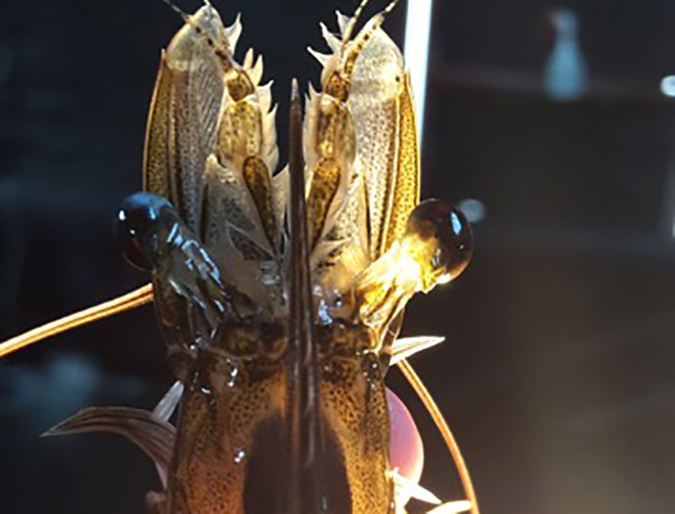
Health & Welfare
Seajoy’s ablation-free shrimp answers emerging welfare concern
Removing the eyestalk of broodstock female shrimp aided in the explosive growth of commercial-scale aquaculture. An undertaking by a Central American shrimp farmer has shown that producing shrimp without ablation can ease animal welfare worries without the feared drop in production.
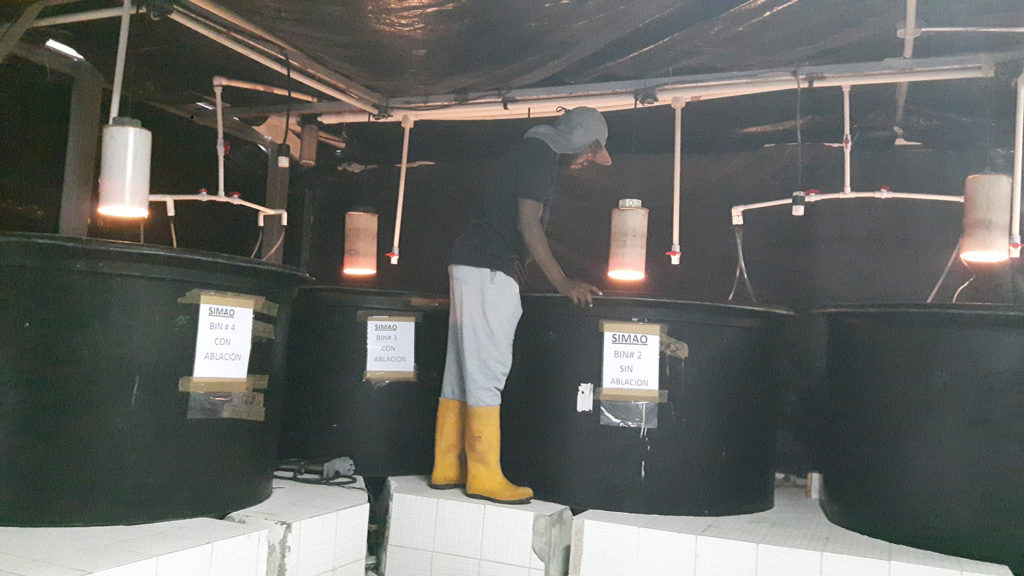
Innovation & Investment
Innovation Award 2020 finalist: Simao Zacarias’ shrimp eyestalk ablation research
Farmed shrimp eyestalk ablation research is one of three finalists for the Global Aquaculture Alliance’s annual Global Aquaculture Innovation Award.
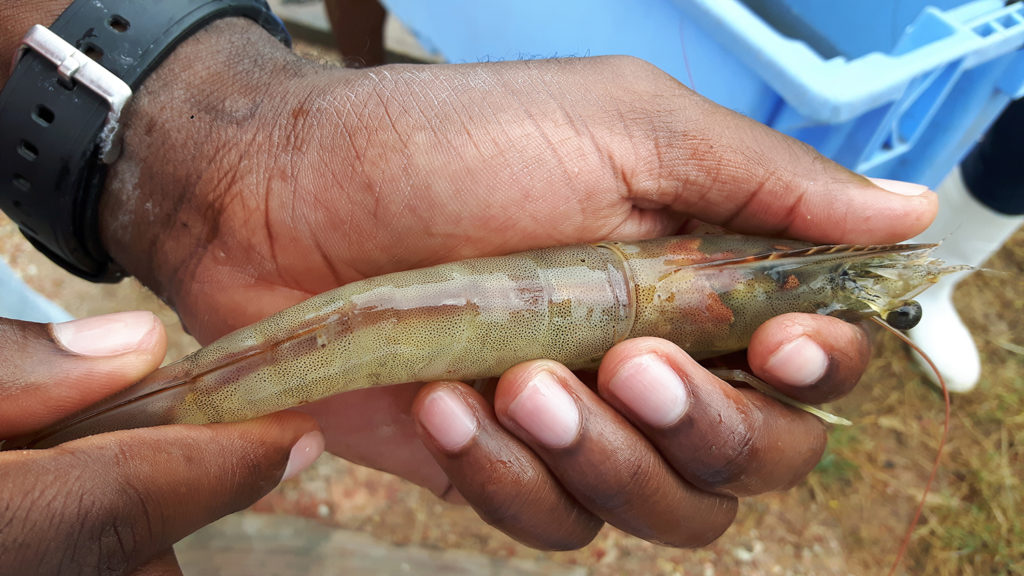
Health & Welfare
Quality, survival of L. vannamei offspring from ablated, non-ablated females
Evaluating the quality and survival of Pacific white shrimp postlarvae from non-ablated female broodstock, a holistic biosecurity and management strategy.
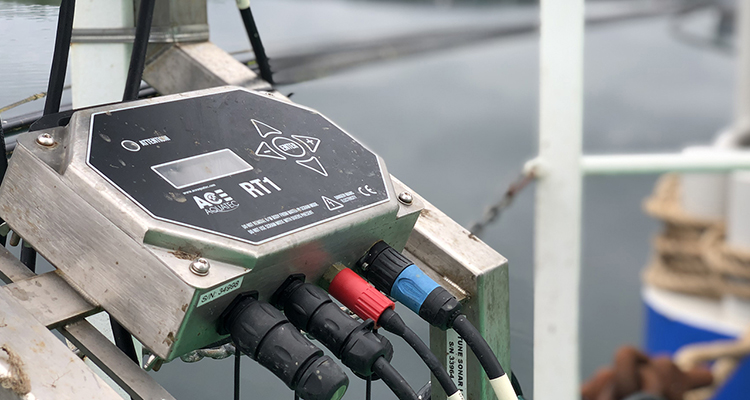
Innovation & Investment
Innovation Award 2021 finalist: Ace Aquatec
Ace Aquatec of Scotland returns as a finalist for the Global Aquaculture Innovation Award with a seal-deterrent technology for fish farmers.


